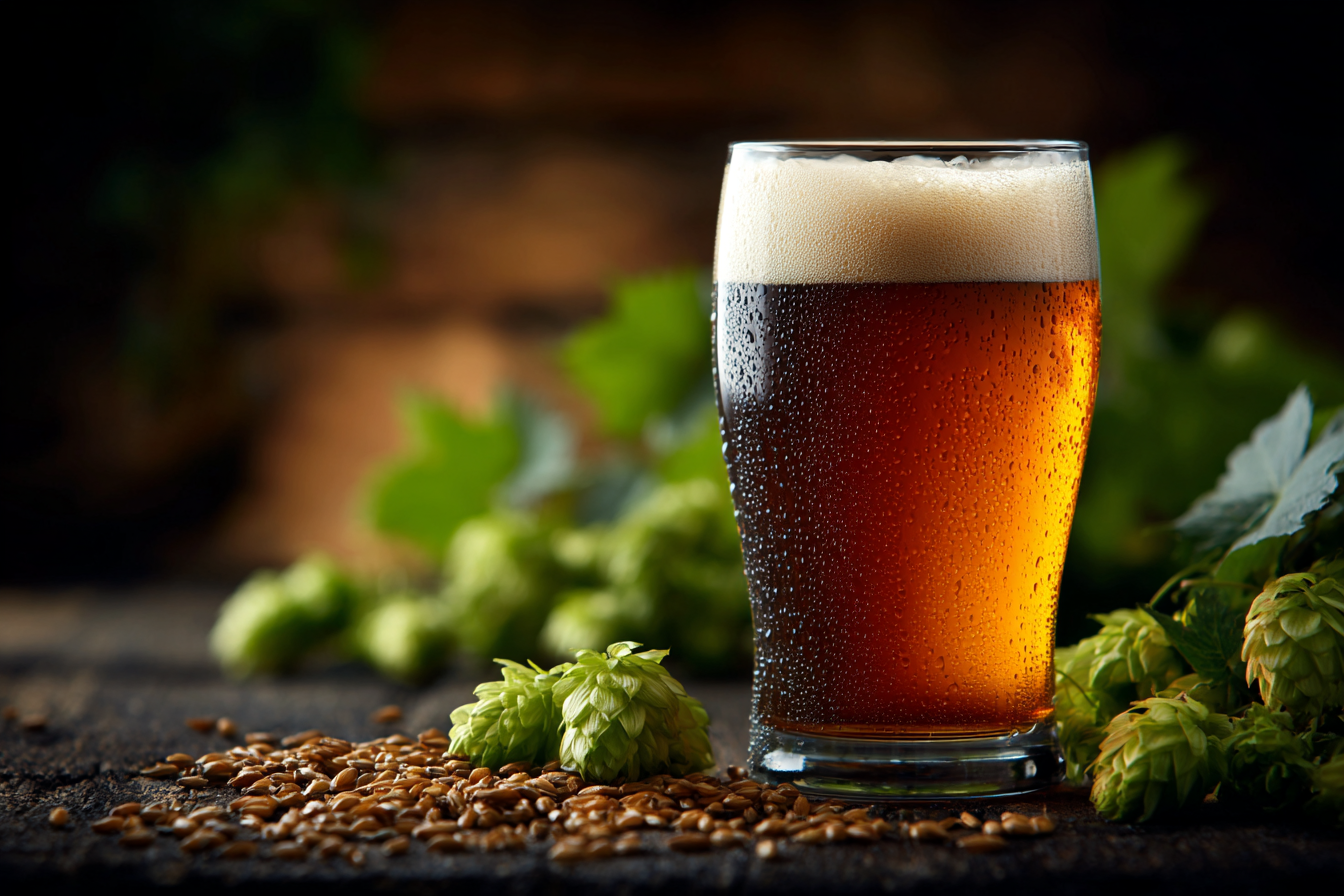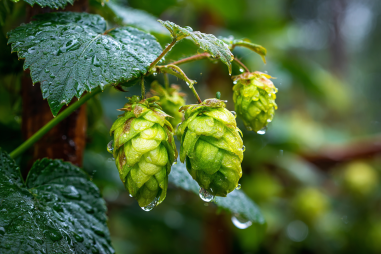American Pale Ale (APA) stands as one of the most beloved and accessible craft beer styles, gracing taps and shelves from coast to coast. Known for its vibrant hop character and balanced malt backbone, APA delivers a flavor profile that is both approachable for newcomers and complex enough to satisfy seasoned beer enthusiasts. Whether you’re sipping a cold one on a sunny afternoon or pairing it with your favorite meal, understanding what to expect in every sip enhances the overall experience. Let’s dive into the flavor profile that defines an American Pale Ale and explore what makes it a staple in the beer community.
Defining the Flavor Profile of American Pale Ale
At its core, the American Pale Ale is a harmonious blend of aromatic hops, moderate malt sweetness, and refreshing bitterness. Unlike its British cousins, which tend to showcase earthy and floral hops, APA bursts with bright, often citrusy and piney hop notes that jump out immediately. These hop flavors are balanced skillfully by a medium-light malt base that imparts subtle caramel or biscuit-like sweetness, preventing the beer from veering too bitter or overly sweet.
Expect a medium body with a crisp finish, making the APA versatile and drinkable. The flavor profile can range from lightly resinous and fruity in-session brews to more intensely hopped versions bordering on the edge of India Pale Ale territory.
Common Hop Varieties Used and Their Flavor Contributions
Hops are the star players in an American Pale Ale, contributing not only bitterness but vibrant aromas and flavors that define the style. Some of the most common hop varieties include:
- Cascade: Known for its iconic grapefruit and floral notes, Cascade was one of the earliest hops to shape the APA’s identity.
- Centennial: Dubbed the “super Cascade,” it deepens citrus notes with hints of pine and resin.
- Amarillo: Adds bright orange-citrus zest and floral undertones.
- Simcoe: Imparts complex piney, earthy, and sometimes tropical fruit flavors.
- Citra: Known for its intense citrus (lime, grapefruit) and tropical fruit (mango, lychee) bouquet.
These hops, often used in combination, provide a symphony of flavors and aroma ranging from zesty citrus and tropical fruits to resinous pine and subtle floral notes, making each sip intriguing and refreshing.
Malt Characteristics and Their Role in Balance
While hops capture the spotlight in an APA, malt plays a crucial supporting role, providing the backbone that balances bitterness and enhances mouthfeel. APA beers primarily rely on pale malt, which offers a clean, slightly sweet canvas allowing the hops to shine. Some brewers add small amounts of specialty malts like caramel or Munich malt to introduce a touch of sweetness, caramel, or biscuit notes.
This malt sweetness counterbalances the hop bitterness, making APAs approachable for a broad audience and ensuring the beer isn’t too sharp or drying. The malt also adds body, creating that smooth, medium body texture that amplifies the overall drinking experience.
Yeast Influence on Aroma and Taste
Yeast can subtly influence an APA’s flavor and aroma, even though the yeast strain used is typically clean-fermenting American ale yeast. This yeast often produces a dry, crisp finish and allows the malt and hops to stand out without adding strong esters or phenolic flavors that overshadow the characteristic APA profile.
Some brewers experiment with slightly fruitier American ale yeast strains that might lend subtle notes of citrus or light fruitiness, complementing the hop-derived aromas. The yeast’s clean fermentation highlights the bright hop character while maintaining the beer’s balance and drinkability.
Typical Bitterness Levels (IBU) and Alcohol Content (ABV)
The bitterness in American Pale Ales, measured in International Bitterness Units (IBU), generally ranges from 30 to 50 IBUs. This level provides enough bitterness to balance the malt sweetness without overwhelming the palate. The bitterness gives APA its refreshing bite, making it crisp and lively on the tongue.
Alcohol content usually falls between 4.5% and 6.2% ABV, which contributes to the beer’s moderate strength. This ABV range positions APA for both sessionability and satisfying warmth, appealing to those seeking a flavorful yet easy-to-drink craft beer.
Seasonality and Tasting Variations
While APAs are brewed year-round by most breweries, seasonal variations certainly exist. Spring and summer batches might accentuate bright, fruity hops for a refreshing, sunny-day vibe, often lighter and with more floral or citrus-forward characters.
In contrast, fall or winter versions may feature a slightly fuller malt body, deeper caramel notes, and pine-forward hops to match the cozy, hearty vibe of colder months. Occasionally, limited release or craft interpretations experiment with different hop blends, malt bills, or even adjuncts like citrus peels or spices, adding unique layers to the familiar APA template.
Food Pairings That Complement APA Flavors
The versatile flavor profile of American Pale Ale makes it a fantastic partner for a variety of foods. Here are some pairing suggestions that accentuate and balance the flavors:
- Grilled chicken or burgers: The beer’s hop bitterness cuts through the richness while complementing charred flavors.
- Spicy dishes (e.g., Mexican or Thai): The citrus and pine hops refresh the palate and offset heat.
- Cheeses like cheddar or gouda: Malty sweetness tames sharp, creamy cheeses perfectly.
- Seafood such as fish tacos or shrimp: Brighter hop notes elevate delicate and fresh flavors.
- Caramelized or roasted vegetables: Malt sweetness pairs with smoky earthiness.
These pairings showcase how the APA’s balanced flavor profile can enhance everything from casual snacks to full meals.
How to Identify APA Flavor Notes Like a Pro
To truly appreciate the American Pale Ale, learning to identify its key flavor notes unlocks a richer tasting experience. Here are some tips:
- Look: APAs typically have a clear, amber to golden color with a moderate white head.
- Smell: Bring the glass close and inhale deeply. You should detect bright citrus (grapefruit, orange), pine resin, floral, and sometimes tropical fruit aromas.
- Taste: Take a slow sip, allowing the beer to coat your tongue. Notice the initial hop bitterness, followed by a gentle malt sweetness that closes smoothly.
- Feel: APA usually has medium carbonation and medium body, creating a crisp but lively mouthfeel.
- Finish: Expect a clean, refreshing finish with lingering hop bitterness and subtle malt notes.
Practicing these steps while tasting helps build your sensory awareness and allows you to differentiate APAs from other similar styles.
Why the Flavor Profile Attracts a Wide Audience
The American Pale Ale’s flavor profile strikes a perfect balance that appeals to both newcomers and experienced craft beer lovers. Its lively hop character delivers exciting aromas and flavors without being overly aggressive or bitter. The malt backbone offers just enough sweetness and body to soften the edges, creating a satisfying, easy-to-drink beer.
This approachable complexity is part of why APA has remained a cornerstone of the craft beer movement. It invites drinkers to explore new hop varieties and flavor combinations while retaining a familiar and comforting structure. Its versatility in both flavor and pairings makes APAs a reliable choice for nearly any occasion, enhancing social gatherings, meals, and solo relaxation alike.
In every sip of an American Pale Ale, you experience a vibrant journey through citrus groves, pine forests, and caramel fields, all wrapped in a smooth, refreshing package. It’s a flavor adventure that keeps fans coming back again and again.







